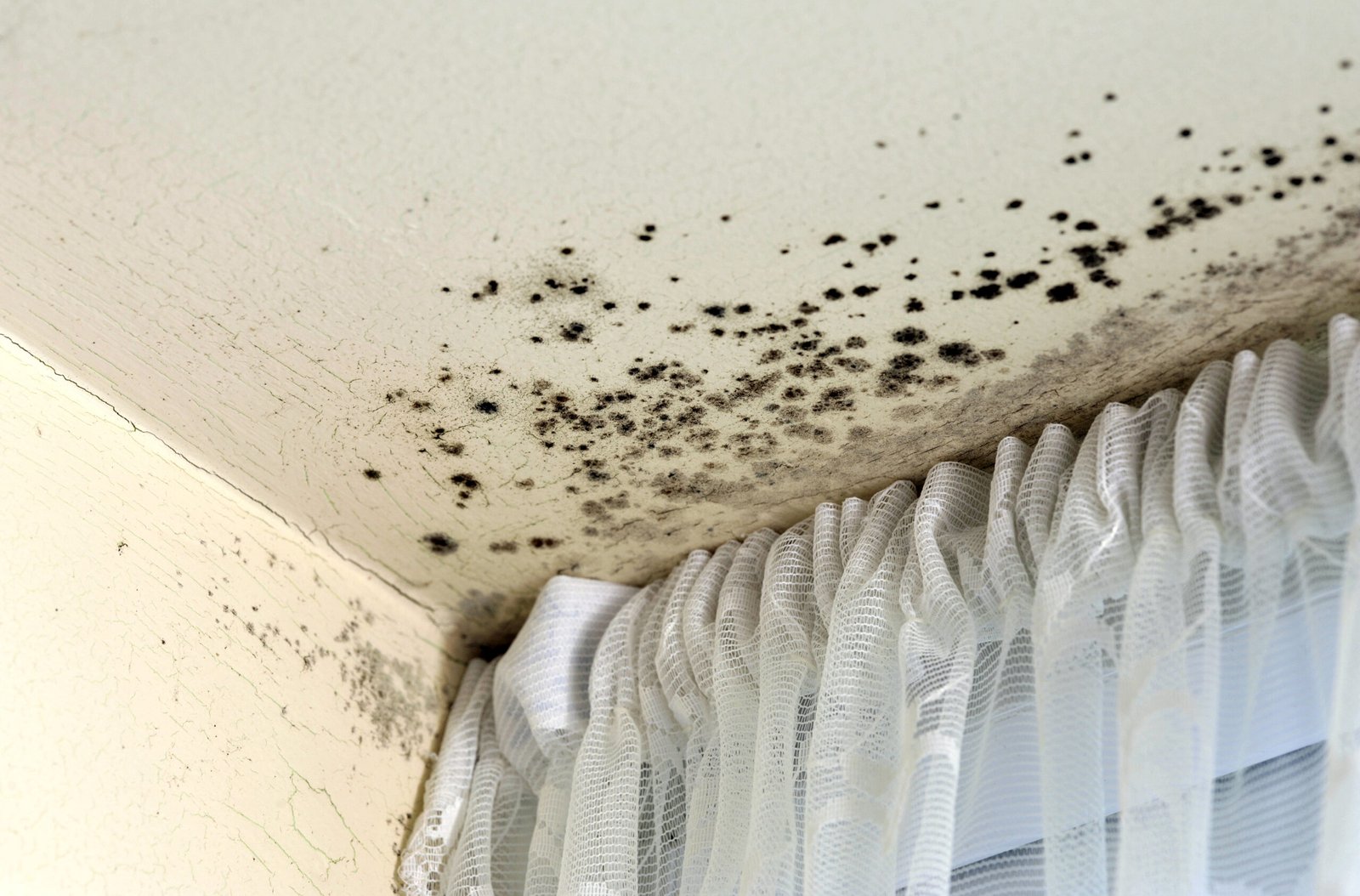How Much Does Damp Proofing Cost? A Comprehensive Guide
Damp is a common problem in many properties, leading to issues like mould growth, structural damage, and health concerns. Damp proofing is the process of preventing moisture from entering a building’s structure. If you’re dealing with damp issues, understanding the costs involved is crucial for effective budgeting and decision-making.
The Cost of Damp Proofing: An Overview
The cost of damp proofing can vary significantly based on several factors, making it difficult to provide a one-size-fits-all answer. However, understanding the typical price ranges and the elements that influence them will help you get a clearer picture.
General Cost Estimates (UK):
While prices fluctuate based on location, the severity of the issue, and the chosen method, here are some general cost estimates for damp proofing in the UK as of early 2025:
- Damp Proof Course (DPC) Injection: This is a common method for treating rising damp and can cost anywhere from £50 to £100 per linear meter, with a typical cost for a medium-sized property ranging from £1,000 to £3,000. Some sources suggest it could go up to £5,000 for more extensive work.
- Chemical Damp Proofing: Similar to DPC injection, this method also aims to create a barrier against rising damp and can have a similar cost range of £750 to £3,000 for a whole property.
- Physical Damp Proof Membrane: Installing a physical barrier can be a more disruptive but long-term solution. Costs can range from £70 to £90 per linear meter, and for a whole house, it could be between £2,000 and £6,000 depending on the property size.
- Tanking (Basement/Cellar): Waterproofing a basement or cellar using tanking slurry or membranes can cost around £100 to £200 per square meter.
- Damp Proofing External Walls: Treating penetrating damp on external walls can range from £700 to £3,000, depending on the size of the affected area and the treatment method (e.g., water-repellent coatings, repairs to brickwork).
- Condensation Solutions: Treating condensation can vary from inexpensive DIY methods like improving ventilation (costing as little as £20 for a passive vent or £200-£300 for an extractor fan installation) to more complex whole-house ventilation systems costing upwards of £1,500 to £2,000.
- Damp Survey: A professional damp survey to diagnose the issue typically costs between £100 and £600, with an average around £300.
Factors Influencing Damp Proofing Costs:
Several key factors will affect the overall cost of your damp proofing project:
-
Type of Damp: Different types of damp require different treatment methods, which have varying costs.
- Rising Damp: Often the most expensive to treat as it usually involves installing a new DPC (chemical injection or physical membrane) and replastering.
- Penetrating Damp: Costs depend on the source of the water ingress (e.g., roof repairs, gutter fixes, wall sealing) and the extent of the damage.
- Condensation: Generally the least expensive to address, often involving improving ventilation and managing humidity.
-
Severity and Extent of the Damp: The more severe and widespread the damp problem, the more extensive and costly the treatment will be. Significant structural damage or mould growth will also increase costs due to necessary repairs and remediation.
-
Size and Layout of the Property: Larger properties with more affected areas will naturally require more materials and labor, leading to higher overall costs. Accessibility to the affected areas (e.g., basements, hard-to-reach walls) can also impact labor costs.
-
Chosen Damp Proofing Method: As outlined above, different damp proofing techniques have different material and labor costs. The best method will depend on the type of damp, the property’s construction, and the extent of the problem.
-
Quality of Materials: Opting for higher-quality damp proofing materials might have a higher upfront cost but can offer better long-term protection and potentially save money on future repairs.
-
Labor Costs: Labor rates vary depending on the contractor’s experience, qualifications, and your geographical location. Urban areas, particularly London and the Southeast, often have higher labor costs. Hiring a certified specialist might cost more initially but ensures the job is done correctly.
-
Additional Work: Damp proofing might necessitate additional work, such as:
- Plaster removal and replacement: Essential after DPC installation to deal with salt contamination.
- Structural repairs: If damp has caused damage to timber or brickwork.
- Redecoration: Painting and wallpapering after damp proofing work.
- Improving ventilation: Installing fans or whole-house ventilation systems.
- Addressing the root cause: Fixing leaking pipes, roofs, or gutters.
-
Damp Survey Costs: The initial cost of a professional damp survey needs to be factored into the overall budget.
Getting Accurate Quotes:
To get an accurate estimate for your specific situation, it’s crucial to:
- Get multiple quotes: Contact several reputable damp proofing specialists in your area for detailed assessments and quotes.
- Ensure a thorough survey: The contractors should conduct a comprehensive survey to identify the type and source of the damp.
- Ask for a detailed breakdown: Understand what the quote includes (materials, labor, any guarantees).
- Be wary of very low quotes: These might indicate inexperienced contractors or the use of inferior materials.
Budgeting for Damp Proofing:
Damp proofing is an investment in the long-term health and value of your property. When budgeting:
- Prioritize essential work: Address the most severe damp issues first to prevent further damage.
- Consider long-term savings: Effective damp proofing can prevent costly structural repairs and improve energy efficiency.
- Have a contingency fund: Set aside some extra money for unforeseen issues.
- Check for guarantees: Many reputable companies offer guarantees on their work, providing peace of mind.
In Conclusion:
The cost of damp proofing is highly variable, but understanding the different types of damp, the available treatment methods, and the factors influencing prices will empower you to make informed decisions. Always seek professional advice and obtain multiple quotes to ensure you receive the best solution for your property at a fair price. Addressing damp issues promptly is essential for maintaining a healthy and structurally sound home.






